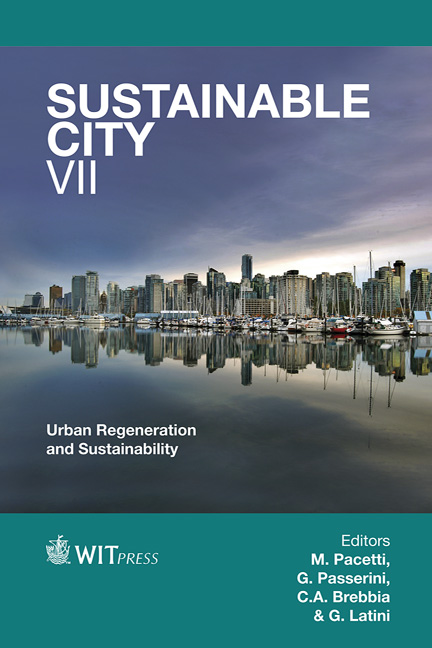Climate Change: Impact, Adaptation And Vulnerability In The Water Supply Of Kathmandu Valley
Price
Free (open access)
Transaction
Volume
155
Pages
12
Page Range
563 - 574
Published
2012
Size
399 kb
Paper DOI
10.2495/SC120471
Copyright
WIT Press
Author(s)
P. Kumar Jha
Abstract
This study has identified the vulnerability of the water supply system in Kathmandu Valley, Nepal from the impact of the worst case of climate change and has also suggested adaptation strategies to deal with the situation. For this the observed precipitation data, SimCLIM software and the existing literature were used. This study found that existing strategies are insufficient and more than five million people would be deprived of the minimum needed water by 2050 under the driest scenario of climate change. Similarly, the reduction in low flow under the driest scenario or frequent extreme rainfall events under the wettest scenario could further degrade the water quality and increase the vulnerability of water supply infrastructures. A combination of strategies can help manage the situation until 2050. The situation, however, would become worse after 2050 due to the projected sharp reduction in precipitation, which would in turn, make all precipitation-dependent water supply strategies ineffective. The result of this study should be used as an indication only as there is no agreement among General Circulation Models (GCMs) in projecting future precipitation. The result of this study is useful for agencies and individuals involved in water supply related planning and policy making Keywords: water scarcity, climate change, Kathmandu Valley, worst case scenario, SimCLIM. 1 Introduction Access to clean water is one of the most important human needs. Climate change combined with the other socio-economic factors such as high rates of population growth and urbanization can reduce the availability of fresh water in the urban
Keywords
water scarcity, climate change, Kathmandu Valley, worst case scenario, SimCLIM.





